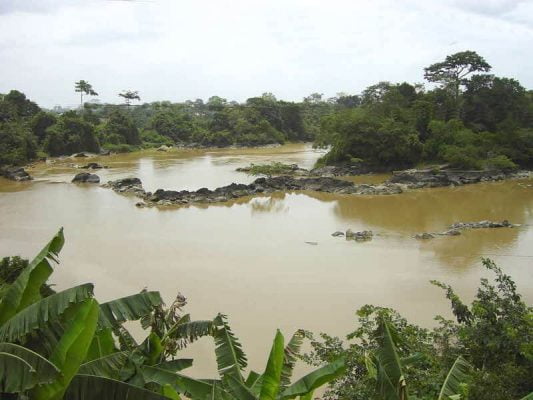Alluvial mining activities a threat to riverine ecosystems

LARGE scale and mechanical alluvial/river bed mining in Zimbabwe has contributed to the degradation of an estimated 421.84 hectares of the riverine ecosystem, it has been revealed.
According to a survey that was done by the Environmental Management Agency (EMA) about 1 555 kilometres of river channels have been affected through water pollution and siltation.
EMA Environmental Education and Publicity Manager Ms Amukela Sidange said the practice of riverbed mining has been increasing over the years.
“Large scale and mechanical alluvial mining or riverbed mining are relatively an economic activity which spread in earnest from around 2011 across all the eight rural provinces of Zimbabwe, targeting mainly major rivers and their immediate tributaries. Such mining activities have gravely affected riverine ecosystems through water pollution, siltation, and degradation of approximately a total of 1 555km of the river channel; and disruption of
riverine ecosystem,” she said.
She said that has affected the capacity of the vital ecosystems to deliver goods and services in their best quantity and quality. Ms Sidange said the use of heavy equipment, such as dozers, tippers, excavators and front-end loaders in alluvial mining was resulting in several impacts to the immediate and downstream environment as well as the whole catchment landscape ecosystem.
“A recent survey carried out by EMA established that an estimated 421.84 hectares of riverine ecosystem has been degraded through alluvial mining or river bed mining in the country. The most affected major rivers include Mazowe, Umzingwane and Angwa, among others. Alluvial mining in Zimbabwe is prohibited according to Statutory Instrument 104 of 2021, except under certain specific conditions,” she said.
She said alluvial mining can only be done under written authorisation by the Minister of Environment, Climate, Tourism and Hospitality Industry; and submission of the Environmental Impact Assessments (EIA) reports for review in terms of Section 97 of the Environmental Management Act as read with Section 3(2) of Statutory Instrument 104 of 2021.
Such measures, she said, and numerous others are meant to protect the environment and prevent further pollution in line with the dictates of sustainable development.
“To ensure mining is done in a sustainable manner, rehabilitation, among other numerous abatement measures, have to be carried out in order to try and restore the mined areas to their original state and utilise the land for other productive activities.
She said this puts the land impacted by the mining activity back to a sustainable usable condition. EMA noted, in the survey on active and abandoned alluvial mining sites, that they needed to be rehabilitated owing to the extent of degradation that the areas had been exposed to.
EMA highlighted that rivers by their nature play a pivotal role in water provision, ecological integrity and community livelihoods, hence the Government intends to rollout a rehabilitation programme for Mazowe, Umzingwane, Manzimudaka, Angwa, Mutare, Nyamukwarara and Haroni Rivers degraded ecosystems.
“This is to impress on the criticality of rehabilitation and judicious protection of such areas to promote sustainable development. A call for interest to companies with capacity to rehabilitate degraded river ecosystems has since been made through media and the response was overwhelming,” said Ms Sidange.
Due process is being undertaken to identify companies that have relevant expertise to champion rehabilitation of river ecosystems in Zimbabwe and restoration of ecosystems in line with the aspirations of National Development Strategy 1. EMA said rehabilitation was an expensive exercise, which can account for as much as over 10 percent of mining costs in certain circumstances, hence a clarion call to mainstream environmental protection in any form of development, as it is costly not to do so.


